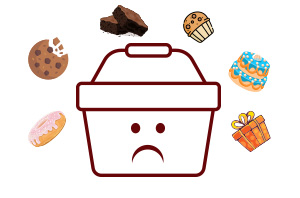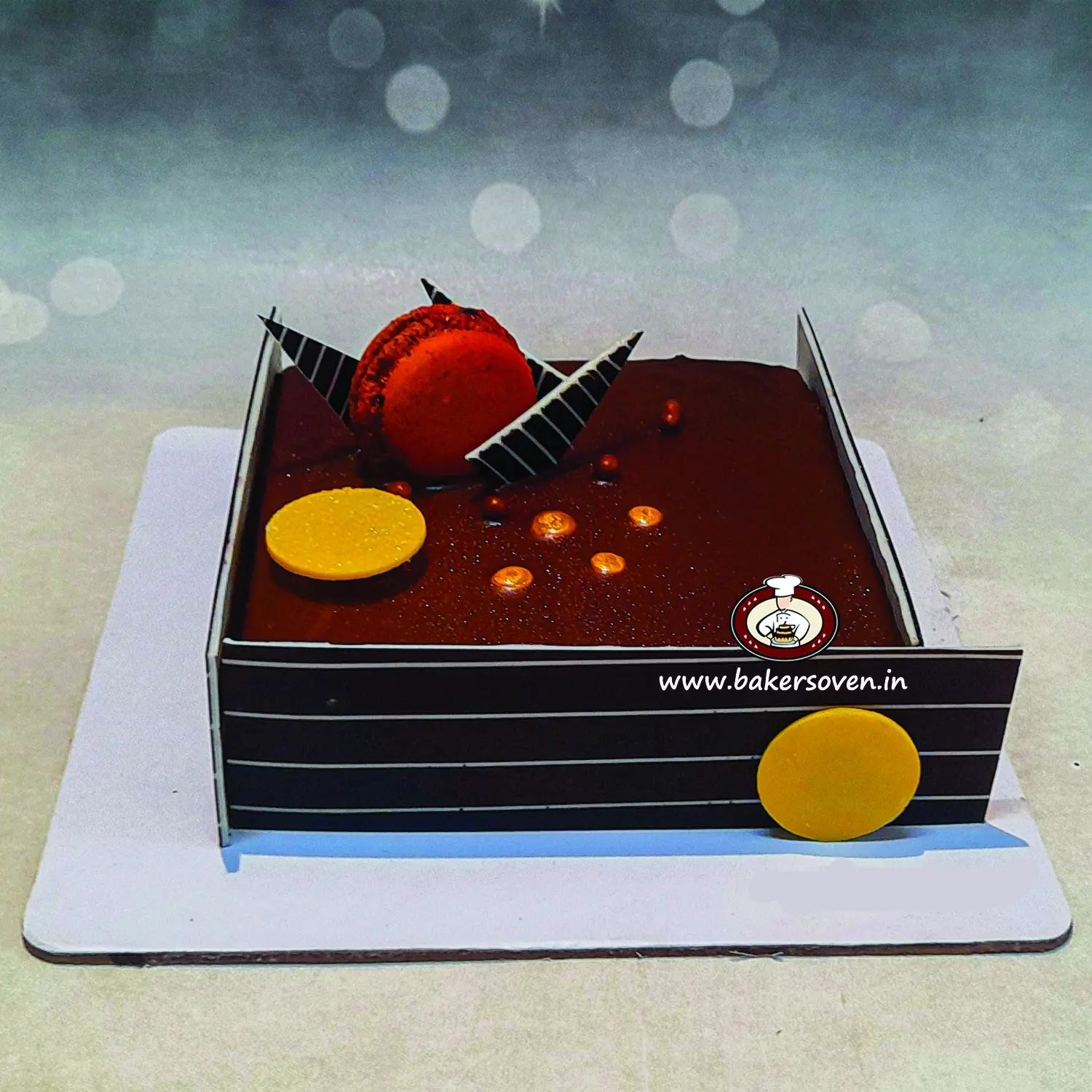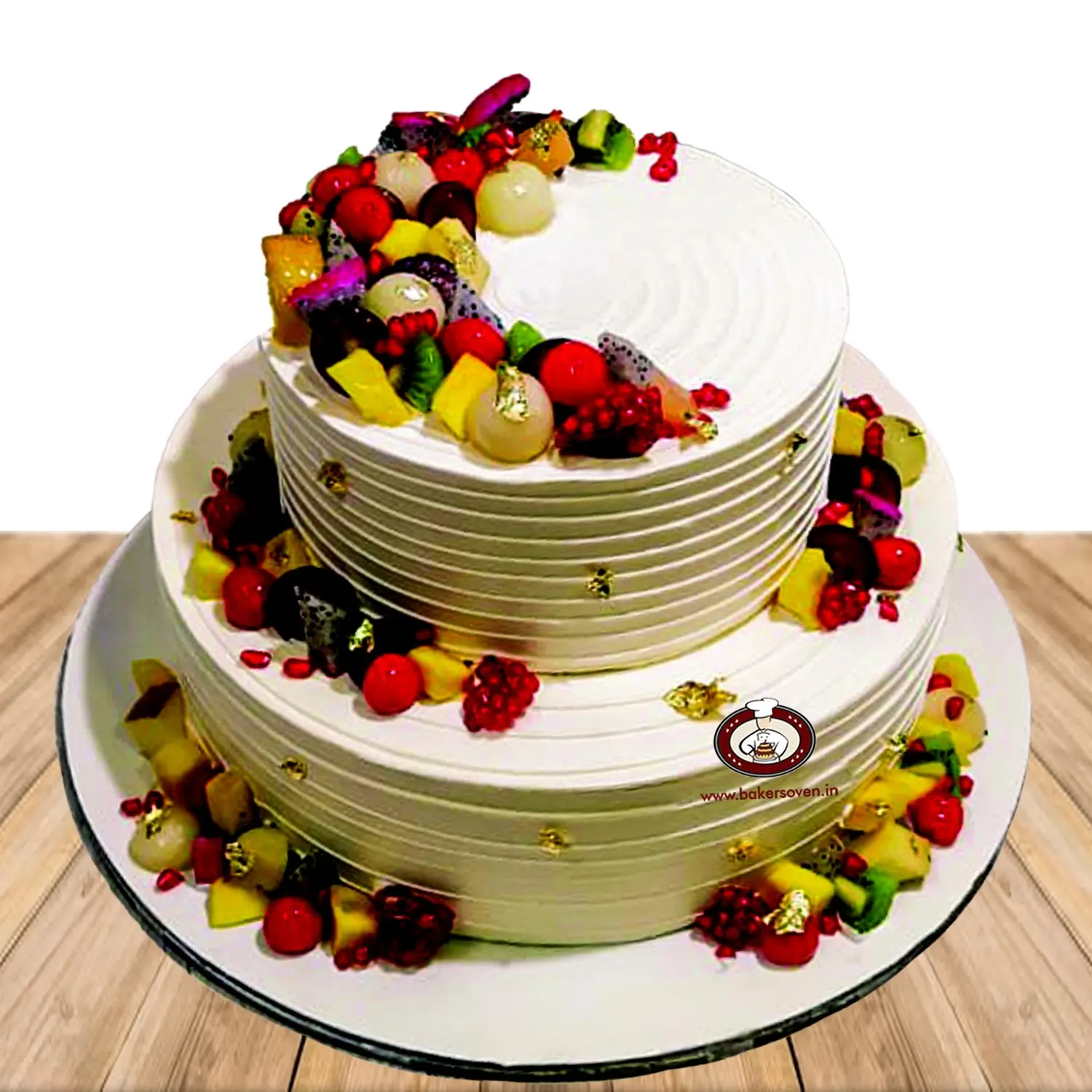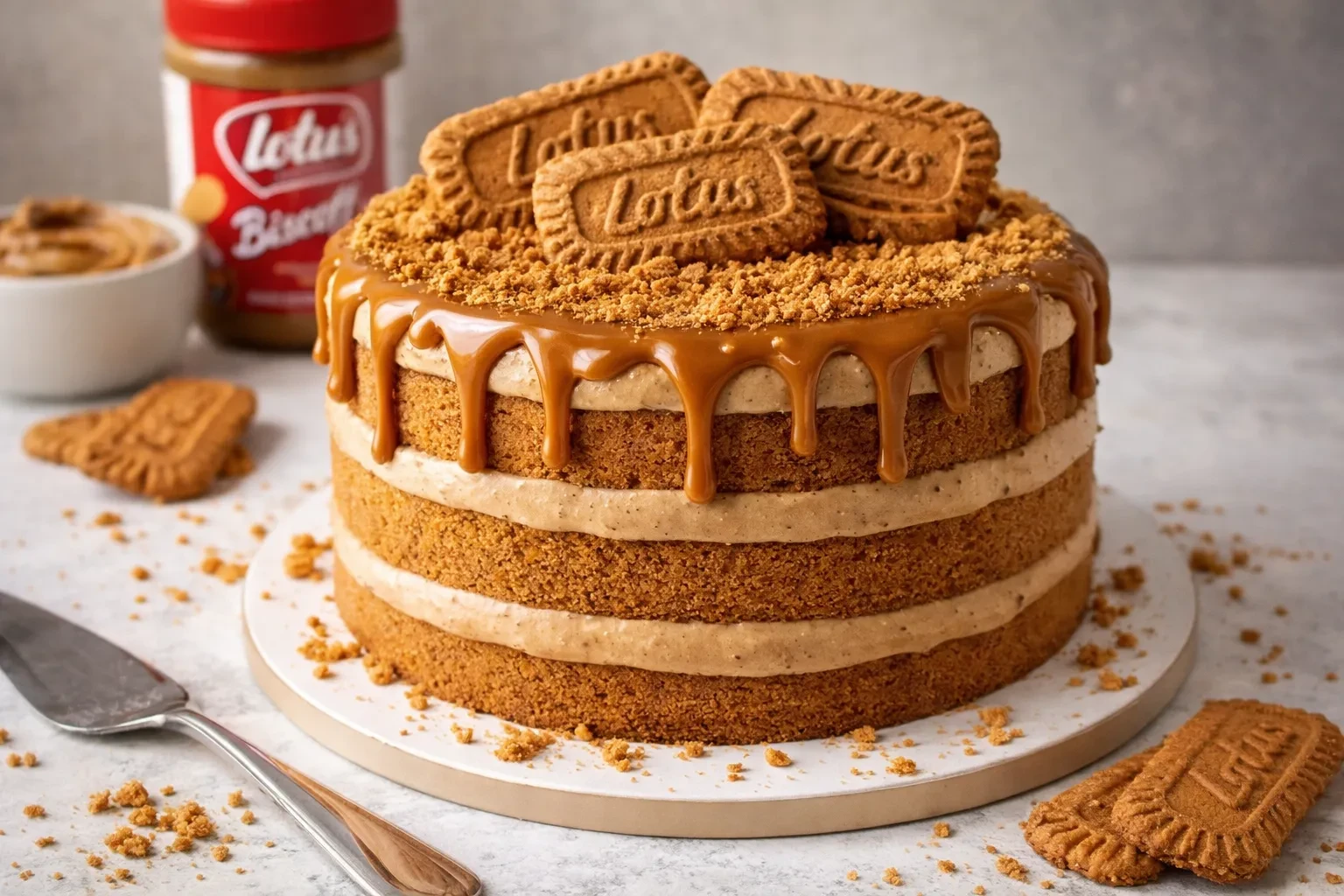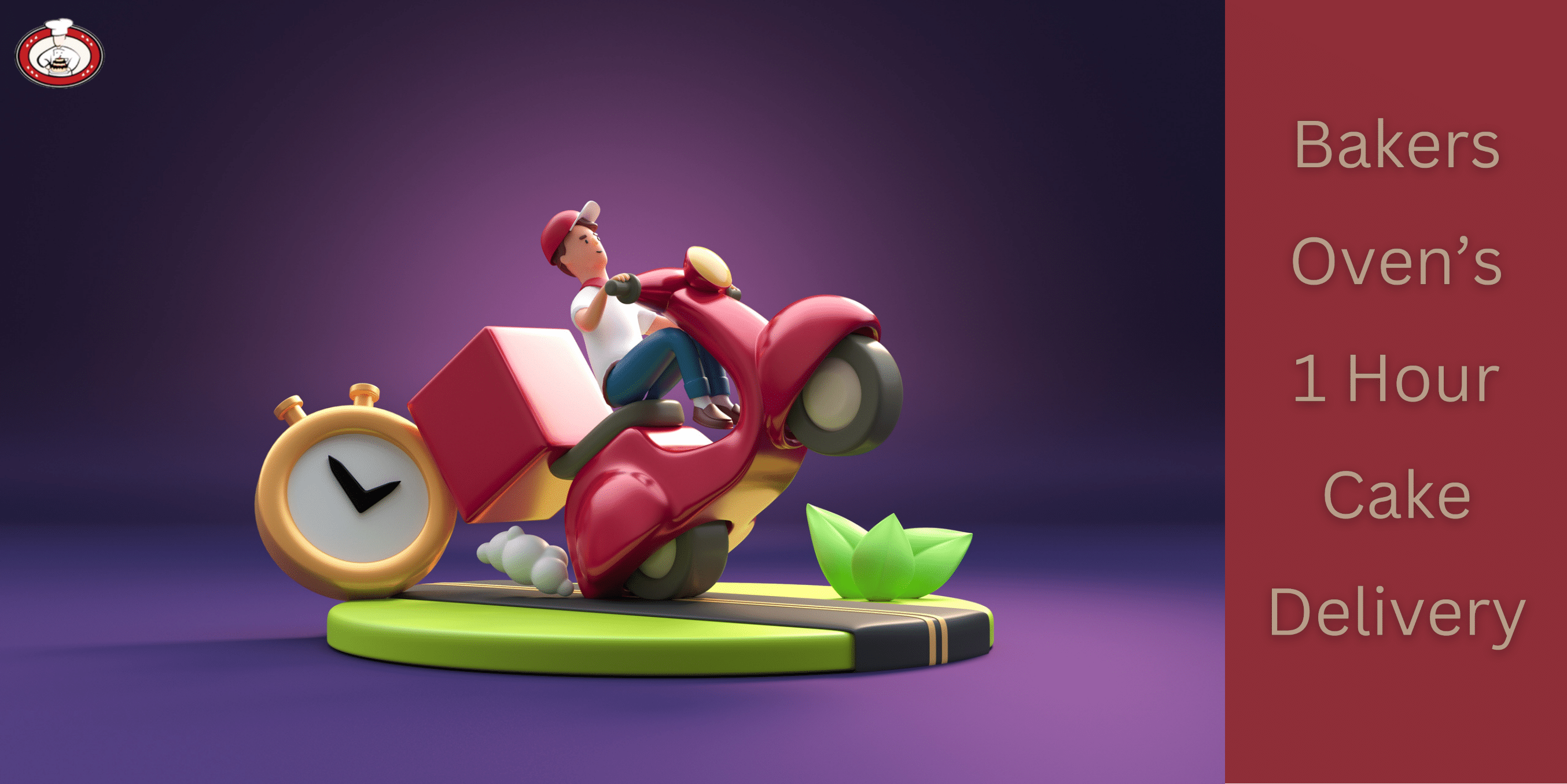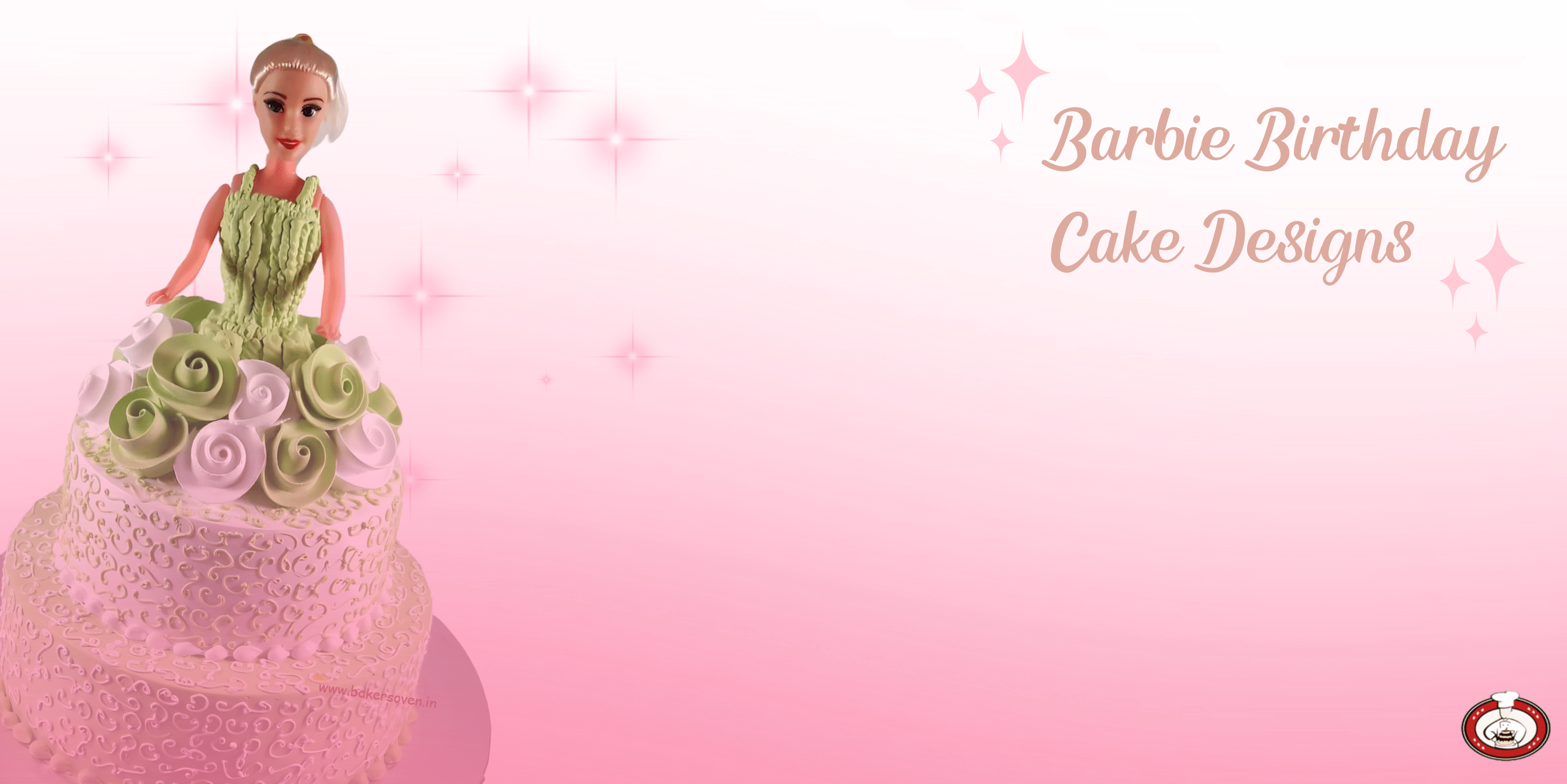Top 15 Cake Baking Problems (And How to Solve Them) for Indian Home Bakers

Common Baking Problems And Solutions
Baking the perfect cake can be a real challenge, even for the most experienced home cooks. As someone who has spent years perfecting my craft, I've encountered just about every cake baking issue imaginable. From sunken centres to dry, crumbly textures, there are so many potential pitfalls that can derail even the most ambitious home baking projects.
But fear not, my fellow Indian home bakers – I'm here to share my learnings and provide practical solutions to some common cake baking problems you might encounter. With a bit of know-how and the right techniques, you can overcome these common challenges and start whipping up bakery-worthy cakes in no time.
1. Sunken Centres
One of the most frustrating cake issues is a sunken, dense centre. This is often caused by under-baking, over-mixing the batter, or using the wrong ingredient ratios.
The key to preventing this is to bake your cakes for the full recommended time, avoid over-mixing once the wet and dry ingredients are combined, and carefully double-check your recipe to ensure the right proportions of flour, eggs, sugar, and other components.
2. Dry, Crumbly Texture
Nothing ruins a cake quite like a dry, crumbly texture. This is usually the result of not using enough moisture-rich ingredients like oil, milk, or eggs, or from over-baking.
The solution is to be vigilant about not over-baking – keep a close eye on your cakes in the oven and pull them out as soon as a toothpick inserted in the centre comes out clean. You can also try increasing the amount of fat or liquid in your recipe to help keep the crumb tender and moist.
3. Tough, Chewy Crumb
On the other end of the spectrum, a cake with a tough, rubbery texture can be just as disappointing. This is often caused by over-mixing the batter, which develops too much gluten in the flour. The key is to be as gentle as possible when combining your ingredients – stir the wet and dry components together just until they're incorporated, then stop. Overly vigorous mixing is the enemy of a light, tender crumb.
4. Uneven Baking
If your cake emerges from the oven with some parts darker or more done than others, it's likely an issue with your oven temperature or airflow. Make sure your oven is properly preheated, and consider rotating the pan halfway through baking to ensure heat is distributed evenly.
5. Stuck to the Pan
There's nothing more heartbreaking than pouring your heart and soul into a cake, only to have it stubbornly stick to the pan and fall apart when you try to remove it. We’ve all been there.
This is usually caused by insufficient greasing or the wrong type of pan. Always make sure to grease your pans generously, and consider lining them with parchment paper for added insurance.
6. Overbrowning on the Edges
If the edges of your cake turn out dark brown or even burnt while the centre is still pale, it's a telltale sign that your oven temperature is too high. The solution is to lower the heat a bit and bake the cake for a little longer to achieve an even golden brown colour throughout.
7. Peaked or Domed Top
A tall, rounded cake top can sometimes be desirable, but if it's too much, it can throw off the overall look and texture of your creation. This is often caused by excessive leavening or over-mixing the batter. The key is to gently fold in your ingredients and avoid opening the oven door too often during baking to maintain an even rise.
8. Tunnelling or Coarse Crumb
When a cake develops big air pockets or an uneven, rough crumb, it's usually a sign of over-mixing or using the wrong type of flour. Be as gentle as possible when combining the wet and dry ingredients, and consider using a flour like all-purpose or maida for a finer, more tender texture.
9. Sinking Fruit or Nuts
If the fruit or nuts in your cake stubbornly sink to the bottom during baking, it's likely because they're too heavy for the batter. Tossing the mix-ins in a bit of flour before folding them in, or layering them in the pan instead of stirring them directly into the batter, can help prevent this issue.
10. Bitter or Metallic Taste
An off-putting bitter or metallic flavour in your cake can be caused by using too much baking soda or powder, or even from the pans you're baking in. Double-checking your recipe measurements and considering investing in high-quality baking pans made from materials like ceramic or aluminized steel can help resolve this problem.
11. Greasy or Oily Texture
If your cake feels overly greasy or oily, it's likely due to using too much fat in the recipe or not properly incorporating the ingredients. Try reducing the amount of butter or oil, and make sure to cream the wet and dry components together thoroughly to achieve a cohesive, non-greasy batter.
12. Tough or Stringy Gluten
Cakes with a tough, chewy texture or stringy gluten can be the result of over-mixing the batter. Be especially gentle when folding in delicate ingredients like egg whites or whipped cream, and avoid using an electric mixer for this step – opt for a spatula instead to maintain a light, tender crumb.
13. Cracked or Split Tops
While a nicely domed top is sometimes desirable, a cracked or split surface can be an unsightly blemish on an otherwise perfect cake. This often happens when the oven temperature is too high or the cake bakes for too long, so adjust your oven settings and check on the cake regularly to prevent this issue.
14. Gummy or Undercooked Interior
If the centre of your cake is still gummy or undercooked, even when the edges are perfectly baked, it's a sign that the oven temperature was too low or the baking time was insufficient. Invest in an oven thermometer to ensure accurate temperature readings, and don't be afraid to bake your cakes a bit longer if needed to achieve a fully cooked, light and fluffy interior.
15. Tough or Leathery Texture
A tough, leathery texture in your cake can be caused by over-mixing the batter or using the wrong type of flour. The key is to handle the dough gently and consider using a lower-protein flour, such as all-purpose or maida, for a more tender crumb.
By addressing these common cake baking problems head-on, you'll be well on your way to creating perfectly moist, fluffy, and delicious cakes every time. Remember, baking is both an art and a science, so don't be afraid to experiment and find what works best for your unique setup and preferences. With a little practice and these handy troubleshooting tips, you'll be whipping up bakery-worthy cakes that will impress your family and friends in no time.

